A simple solution: running Update-Database from your local Package Manager Console providing a connection string parameter with the production connection string. You also have to provide the connection provider name (SqlServer in this example code):
Update-Database -ConnectionString <your real remote server connection string here> -ConnectionProviderName System.Data.SqlClient
Instead of the connection string you can use a connection string name present in your app.config file connectionStrings section:
Update-Database -ConnectionStringName <your connection string name here>
You must have permissions to access that server from your local machine. For example, if you are able to connect to the server from a Sql Server Management Studio you can use this.
Note that this approach is not recommended for a real production system, you should use something like what is explained in the accepted answer. But it can help you with quick hacks in development remote servers, test environments, etc.
